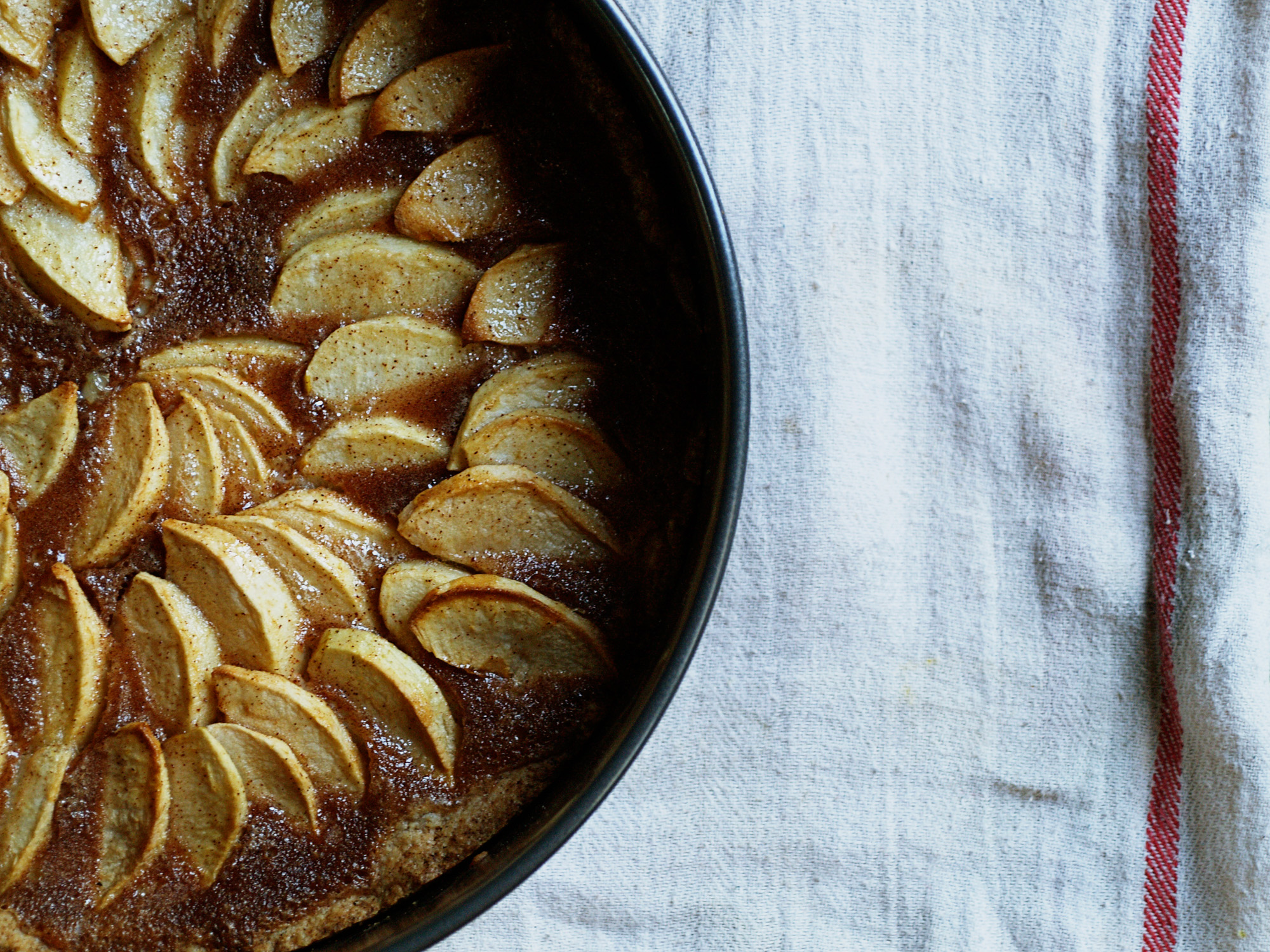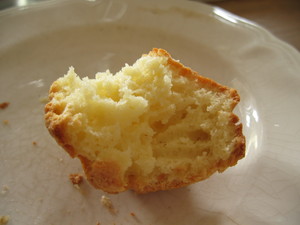
This Sunday morning John and I met Harold at the Medici Bakery in our neighborhood of Hyde Park, Chicago. (See Harold's review below)
The Medici Bakery is located next to the Medici Restaurant and the University Market, all owned by the same family. Interestingly, Lauren Bushnell the Medici's head baker, once worked at the Red Hen which we reviewed the other week. *(UPDATE: I have learned that Ms. Bushnell left the Medici Bakery this past spring and is currently working towards opening her own bakery at 61st and Dorchester. This excites me!)*
This attractive and modern neighborhood bakery is frequented by neighborhood families as well as University of Chicago students. Besides breads, they serve coffees, teas, ice cream, and pastries. We purchased the lovely things you see below:

beginning at the top left, two small whole wheat and walnut rolls, our Morbier du haut L'ibradois cheese from University Market, a soft pretzel, (and on the lower cutting board from top to bottom) a semolina sesame loaf, a seeded baguette, a small ciabatta, and a small olive ciabatta.
We began with the pretzel. I was more interested than usual in ordering a soft pretzel because I recently made my own pretzels at home with some success. The Medici's had a thin, chewy, glossy, and golden 'traditional' crust with nice salt distribution and a moist, silky crumb. Harold remarked and I agreed that it had the consistency of a sourdough. Overall enjoyable.
Next we tried the semolina sesame. This was heavily seeded with a thin crust and a glossy and erractically holed crumb. It tasted heavily of the toasted sesame with almost a smokey flavor. The crumb was moist and soft with a light semolina flavor. There was a smooth nut butter flavor suggested by the aroma, which we decided could be described as a 'creaminess.' It went fantastically with a bit of irish butter as well. A good bread.
Next we started on the plain ciabatta. Perhaps it was an off day or perhaps it was due to not purchasing the full sized loaf, but this was not a strong example of a ciabatta (and unfortunately this trend continued for the rest of the breads we sampled). The flavor was nice; salt and oil (though a little heavy on the oil). It had a thin chewy crust with very odd and atypical holes. Did it not rise well, did something strange happen during kneading? It had a shiny, glossy crust and crumb. An aromatic and yeasty flavor--a little too close to pizza dough. See the interior below:

From left to right: plain ciabatta, olive ciabatta, semolina sesame, and seeded baguette.
Next we moved to the olive ciabatta. This had many of the characteristics that the plain ciabatta had. Strange holes, one huge air pocket in the top mid-crust, the same very chewy, glossy crust, salty, oily. For both of these ciabattas, the chewiness was almost plastic-y and they were not very true to what I normally expect in a ciabatta.
We then tried the seeded baguette. This was also a very odd version of a standard bread. The crumb was overly soft and glossy, completely uncomplex. It was seeded with sesame, fennel, and poppy seeds. I think Harold put it best when he described this as a 'limp-wristed baguette.'
Lastly, we sampled the two small whole wheat and walnut rolls. They were suprisingly sweet, had a dense crumb, a soft crust, and a savory-walnut flavor. As a roll, I thought these were quite good. They would go particularly well with a pasta with a tomato-based sauce.
The cheese was quite nice. It had a subtle, chalky and sharp flavor that was pungent yet not over-powering. It went best with the semolina sesame, seeded baguette, and the olive baguette.
Harold lives nearby the Medici Bakery and was shocked at the poor quality of things he normally enjoys from them. Since they are a neighborhood bakery we decided we could give them a second chance. Check back for an update when that occurs. Hopefully the Medici Bakery was simply having an off day.
The Medici
1327 E 57th St.
Chicago, IL 60637




























